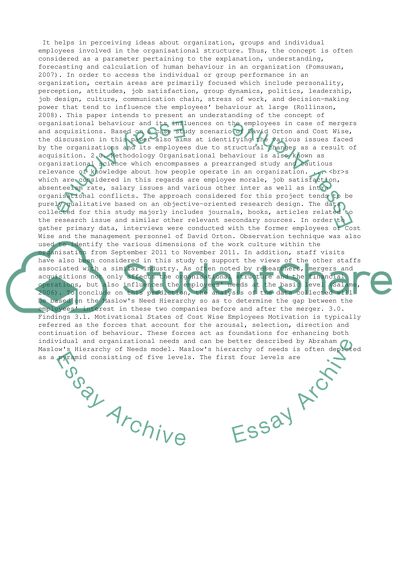Cite this document
(“Organisational Behaviour Individual Case Study Assignment”, n.d.)
Retrieved de https://studentshare.org/business/1392696-organisational-behaviour-individual-case-study
Retrieved de https://studentshare.org/business/1392696-organisational-behaviour-individual-case-study
(Organisational Behaviour Individual Case Study Assignment)
https://studentshare.org/business/1392696-organisational-behaviour-individual-case-study.
https://studentshare.org/business/1392696-organisational-behaviour-individual-case-study.
“Organisational Behaviour Individual Case Study Assignment”, n.d. https://studentshare.org/business/1392696-organisational-behaviour-individual-case-study.


